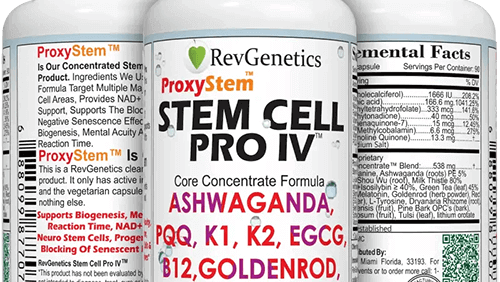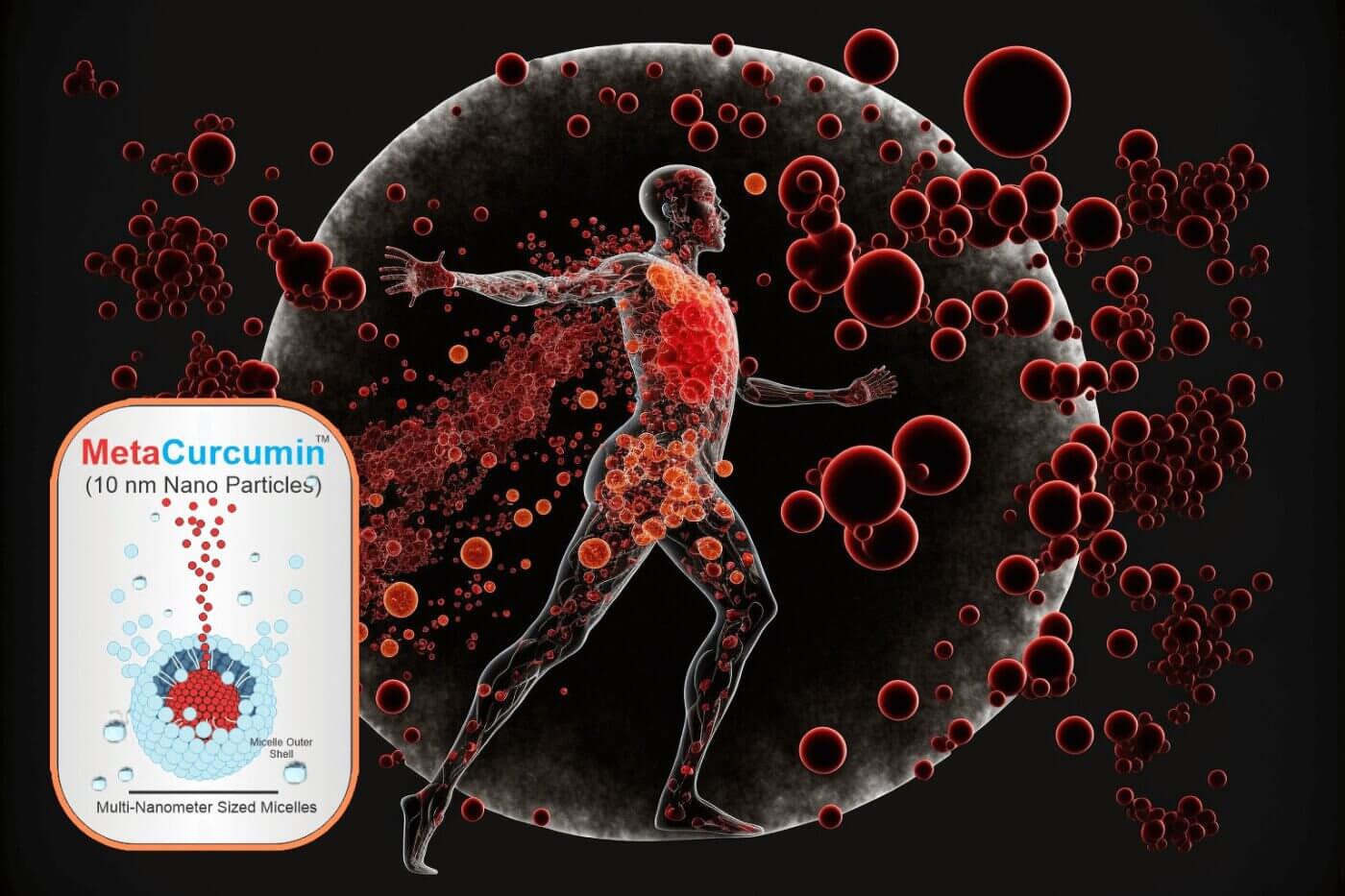- scholar
- Advanced NMN Foods
- announcements
- resveratrol-health-benefits
- Advanced NMN
- life-extension-supplements
- trans-resveratrol
- resveratrol
- ta-65
- curcumin-news
- spermidine
- telomere-news
- longevity-news
- natural-news
- news
- resveratrol-news
- resveratrol-research
- resveratrol-side-effects
- resveratrol-studies
- revgenetics-news
- ta-65-articles
- ta-65-health-benefits
- ta-65-side-effects
- ta-65-studies
- telomere-science
- nicotinamide mononucleotide
- nmn supplement
- NAD+ Foods

Longevity Supplement Stem Cell Pro IV™ Ingredients And Studies
anthony-loera
life-extension-supplements
|
longevity-news
10/21/2022 1:16pm
0 minute read
Listen to article
Audio generated by DropInBlog's Blog Voice AI™ may have slight pronunciation nuances. Learn more
Related Articles
Micelle Lipid Curcumin Video: Why curcumin won't work
0 minute read
02/10/2023 6:56pm
The Science Behind NMN: Exploring How Long it Takes for NMN to Work
14 minute read
10/26/2022 6:52am
What is The Most Effective Fasting Method for Longevity, Health, And Weight Loss?
15 minute read
11/10/2022 6:44am
5 Top Myths About Supplements - Debunked
7 minute read
11/10/2022 5:48am
How to Increase Longevity?
4 minute read
09/01/2022 4:01am
Does Being Overweight Reduce Lifespan?
3 minute read
09/01/2022 3:14am







